Dear friends,
In this week's letter, the unveiling of a new analog film camera: the Pentax 17, literally right as I push send on this email at 10pm CET on June 17th!
As one of the first photographers to shoot with this new half-frame (!!) camera, I'm excited to share my thoughts and results today in images and a new Process video.
Also in this issue: a fantastic Process Giveaway! The good folks at Ricoh Imaging, the owner of Pentax, made available a brick of 10 rolls of Kodak film.
For those of you who are new here, welcome! This week's issue is a brief detour from the 15-issue series where I break down every step of making my upcoming photo book, "NOTICE Journal, Volume One." If you want to make your own book or zine and need some guidance and inspiration, start here with Step 1.
Process Photo Walk + Movie Screening
Process Photo Walk + Movie Screening — Amsterdam, Sun. July 21st. We are 94% full. Grab the last 5 seats now by RSVPing here. Don't miss this great walk plus the first screening of "Uncropped"—a documentary about photographer James Hamilton, produced by Wes Anderson. Watch the trailer here. If you missed the last Process Photo Walk, here is a recap.
First Look: the Pentax 17 half-frame camera
For the first time in many years, a major camera manufacturer is launching a new analog film camera. Today, Pentax is introducing the Pentax 17, a half-frame camera—a format close to my heart, as Process readers know. As a long-time fan of Pentax analog cameras, I'm excited to see them return to developing and manufacturing new models.
Let’s kick things off with a brand new Process video about the Pentax 17, the art of shooting half-frame cameras, and how we can make others feel through our photos.
Since I've already covered the history and benefits of the half-frame camera in Process 050, you know these cameras fit 72 shots on a single roll and are light and portable.
Instead of delving into all the specs and technical details, which you can find elsewhere, I'll share my experience with this camera and explain how the half-frame format can enhance your photography.
Half-Frame Photography As A Storytelling Device
The half-frame format brings to mind the tradition of diptychs in art. Historically, diptychs have been used in various art forms, including painting and sculpture, to create a narrative through two related pieces. This storytelling technique has always intrigued me, and I find it beautifully suited to the half-frame format in photography.
In my previous photo book "NOTICE," I employed a similar storytelling approach, although it wasn't shot using a half-frame camera. Instead of creating diptychs in-camera, I paired images during the editing process. This allowed me to craft a narrative through a series of left and right-page diptychs, showcasing the versatility of this storytelling technique beyond the limits of a half-frame camera.
With my upcoming book "NOTICE Journal — Volume One" ("NJV1"), I decided to give up that post-shoot control and create my diptychs in-camera, all shot on the classic Olympus Pen-F. The fact that a brand-new half-frame camera is being released in 2024 has me very excited, not only for myself but also for all the photographers who haven’t yet had the pleasure to shoot half-frame, let alone on a new camera.
In preparation for this issue, I put ten rolls of film through the Pentax 17, both color and black and white, and I am thrilled about the results.
Back to the joys of telling stories through diptychs. Each pair of images can speak to one another, sometimes contrasting sharply, other times harmonizing subtly. The result is a dialogue that a single image often can’t convey.
Shooting half-frame has always pushed my boundaries as an artist. It encourages a mindful approach to composition and storytelling. When working on "NJV1", I embraced this challenge over three spring seasons. This became a personal process, helping me navigate and express my emotions and some big life changes.
The dual images allowed me to document a sort of rebirth without being overtly literal, capturing nuances that might be lost in a larger series or too obvious in a single shot. There is something delightfully retrospective about half-frame, not in the least because of its connection to the centuries-old artistic tradition of diptychs.
My excitement about the Pentax 17 isn’t just about nostalgia, but also about the future. As vintage cameras become more expensive and harder to maintain, new models like this are essential. They ensure that film photography remains accessible, especially for younger and newer photographers facing the high costs of film and equipment.
A Full Gallery of Pentax 17 Work
To see a full gallery of 42 diptychs (or 84 images) click the button below to visit the special Process-subscribers-only gallery of work shot on the Pentax 17.
Camera Takeaways
The Pentax 17 is a delight to use. It’s portable, functional, and straightforward. It’s built from a combination of magnesium alloy and plastic parts, which makes it sturdy enough without getting heavy. It’s a small camera so if you have massive hands it might not be for you, since all the buttons are quite close together. That said, even at my 6’3” it didn’t prove a problem.
The camera's buttons are intuitive and user-friendly. I did not open the manual even once. I appreciate that it has a program-mode and the old school "mountain/portrait/flower"-style setting that consumer cameras had back in the day. The macro feature is a nice addition, but I need more time to practice it and missed focus a few too many times in this setting. That’s on me though.
I could easily see this camera becoming one of my main go-to’s for daily photography.
If you enjoyed this issue I’d love for you to share it with friends. Re-stacks help a lot! It’s that little 🔄 symbol at the start of the issue, or share to social with this button:
That's all for this week!
Up Next: The 150th issue of Process, can you believe it? Yowza!
Keep shooting and take good care of yourselves and others. <3
Wesley
PS Would you like to support Process? Order my photo book "NOTICE". <3
PPS Shout out to Luc for his friendship and creativity as my brilliant collaborator on the Pentax 17 video. Shout out to Bruna for helping me record the drone footage and being an all-round lovely creative person. And of course, the inimitable Nastya for her tasteful eye and for helping me make my final selection of images for this issue. It’s always a struggle and you make it fun.
Gear & Tools Used
Camera: Pentax 17.
Film Stocks: Double X, Kodak Ultramax 400, Ilford HP5, Palm Panchromatic 400, Fuji Across II, Ilford Delta 400.
Shout out to MPB.com, my go-to place to buy, sell, and trade used cameras and lenses. I love their service and am a paying customer. MPB caters to over 625,000 visual storytellers and provides a 6-month warranty. Thanks for the support, MPB! <3
Lab: All my analog work is developed and scanned by my friends at Carmencita Film Lab. They’re my favorite lab in the world. Use code “PROCESS” to get a free upgrade.
Process Giveaway
The good folks over at Ricoh Imaging are sponsoring a big film package:
10 rolls of Kodak Portra 400
That’s right, one winner will receive ten rolls of film!
To enter this week’s giveaway answer the following question in the comments:
Q: What is a project you’d like to dedicate ten rolls of film to? Describe the project (the what), your motivation (the why), and which camera you plan to use.
ENTER THIS WEEK’S GIVEAWAY before 11 a.m. EST on June 23rd (NOTE: This is in just six days!)
The winner will be randomly drawn. This giveaway is for Process subscribers only.



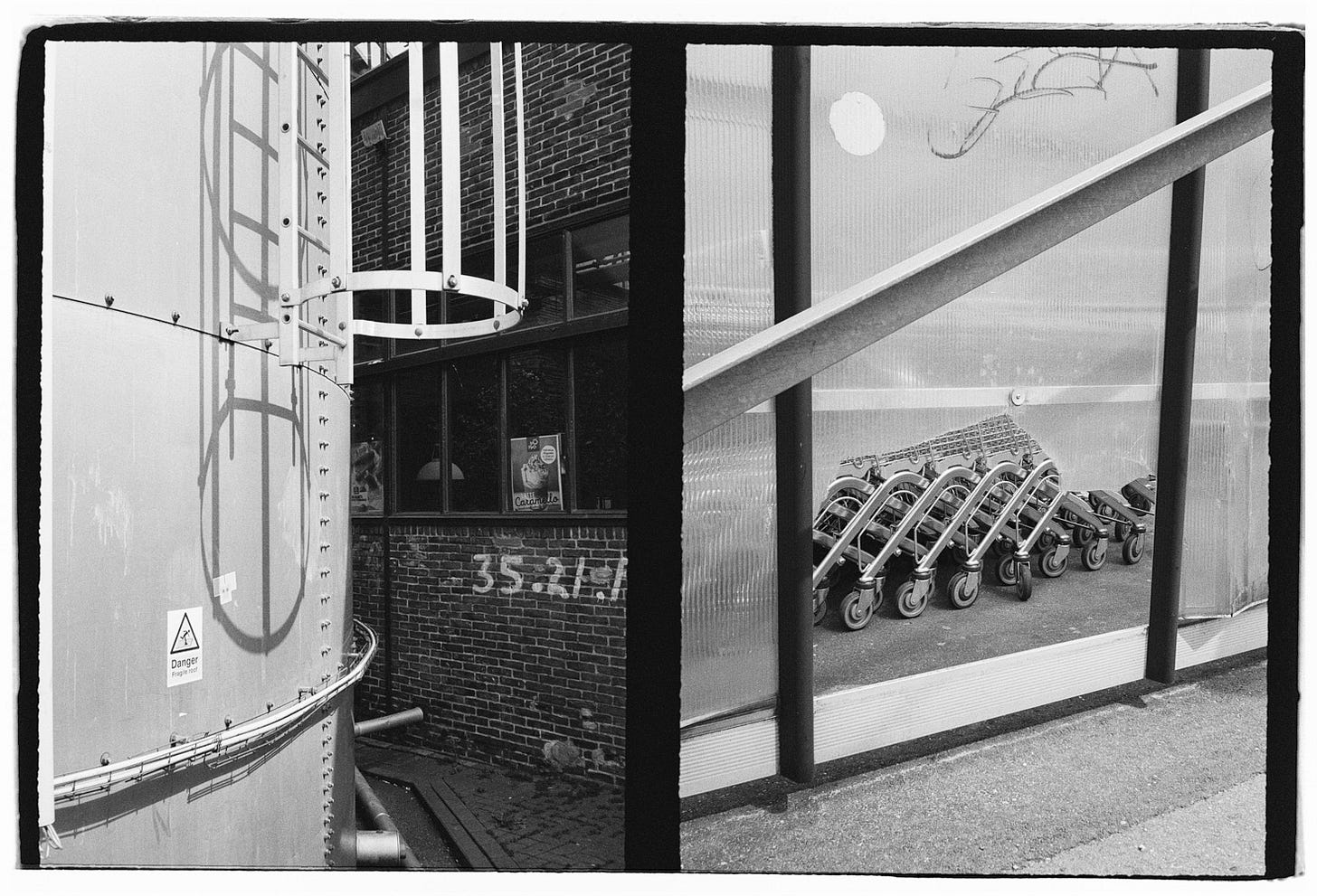
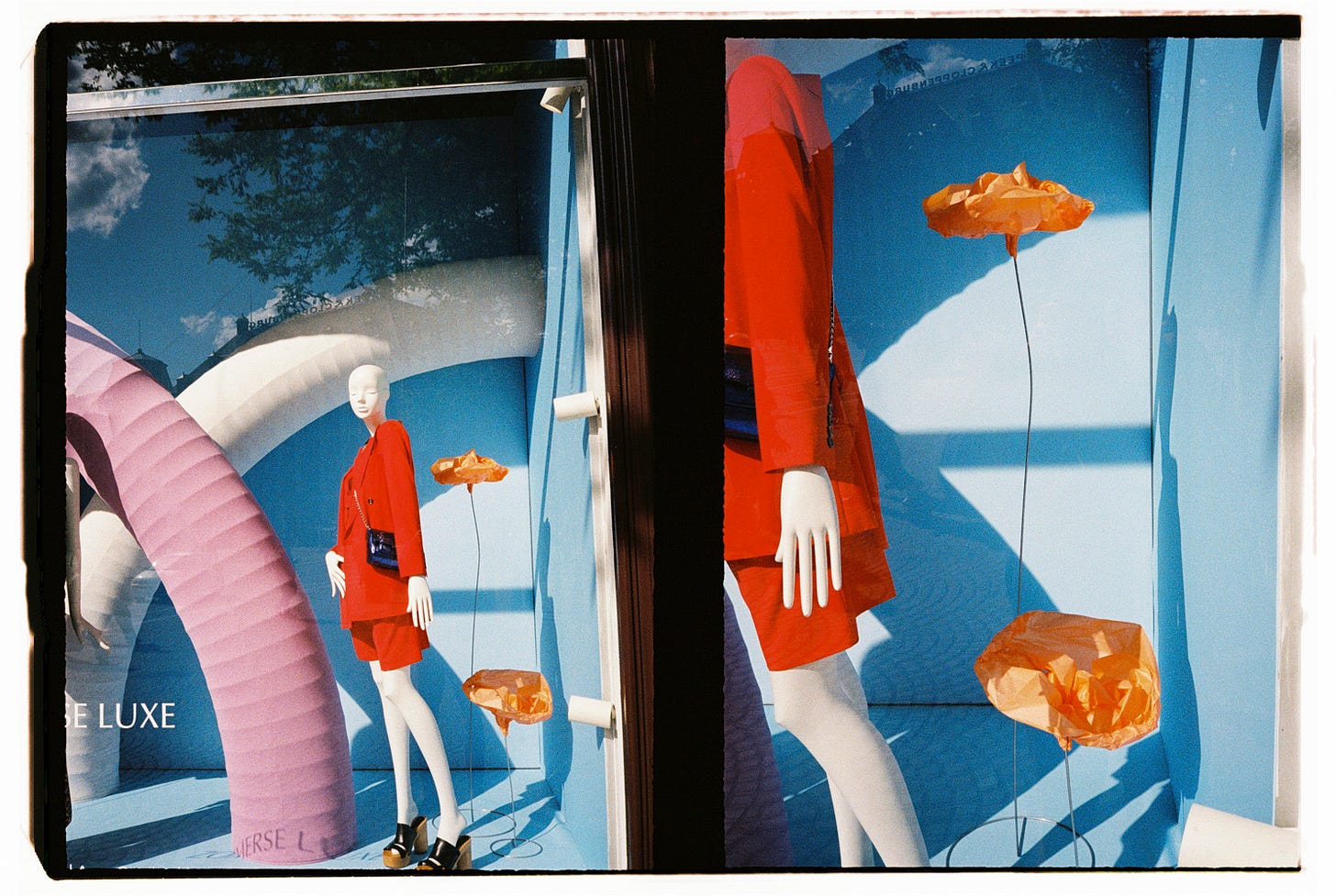
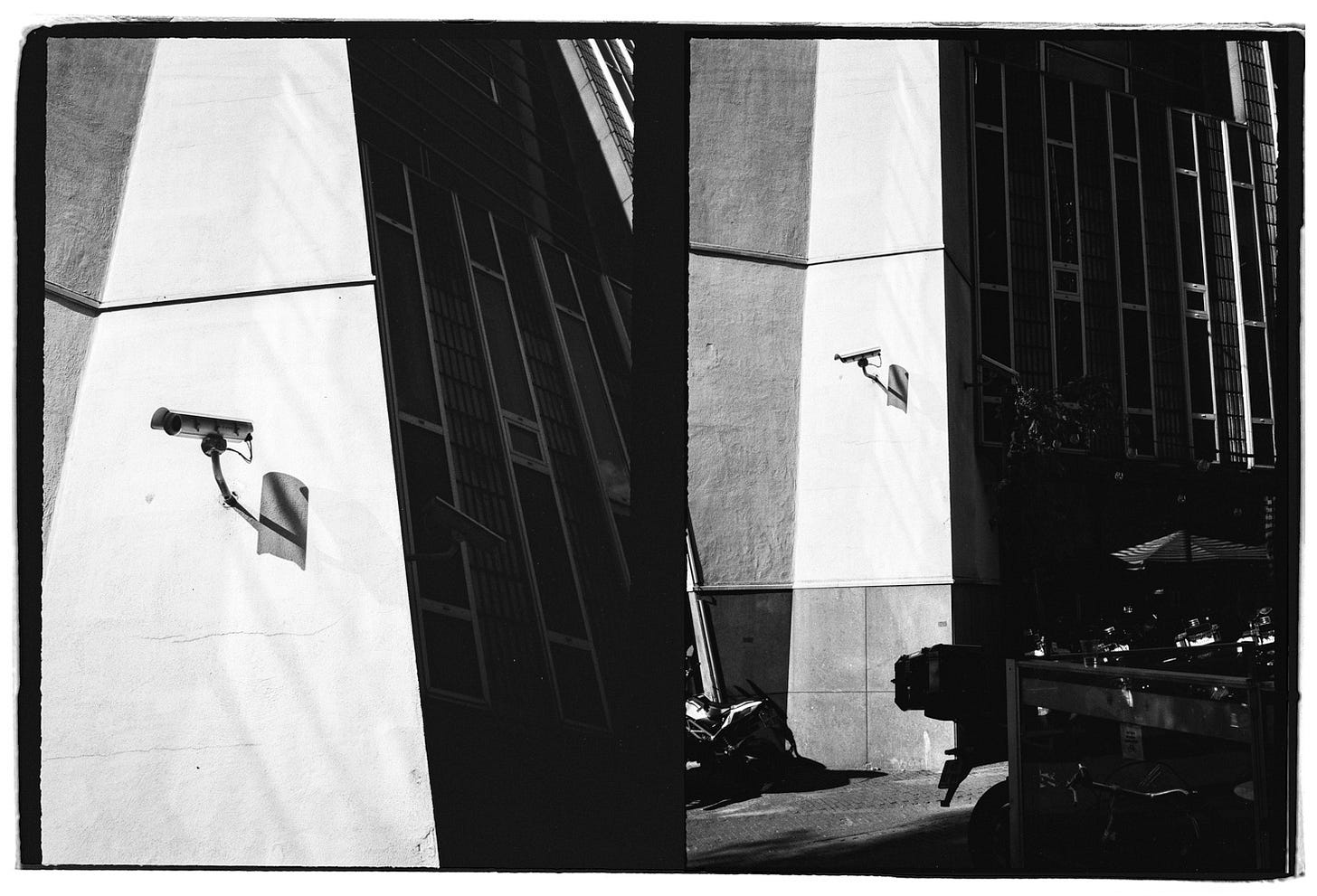
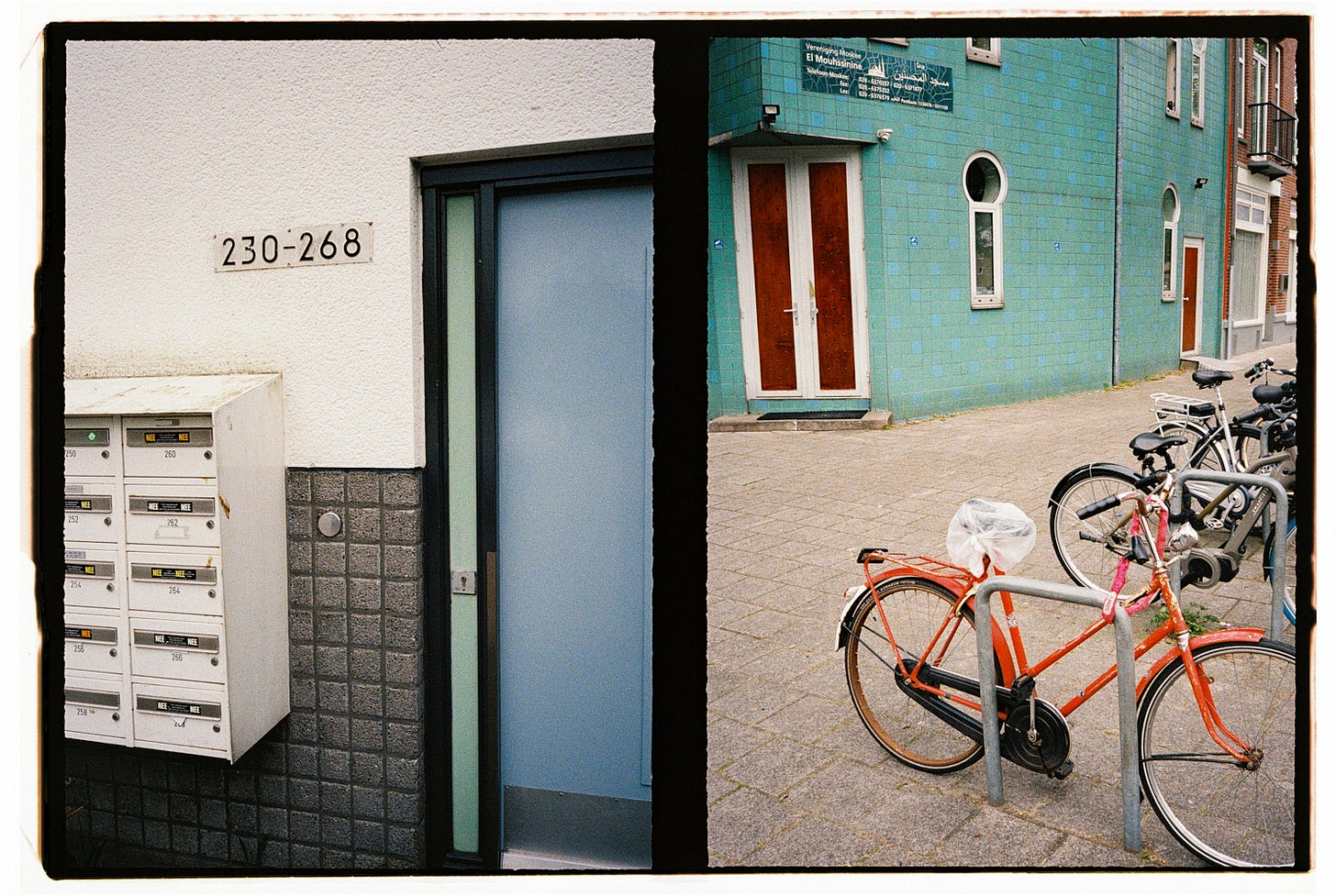
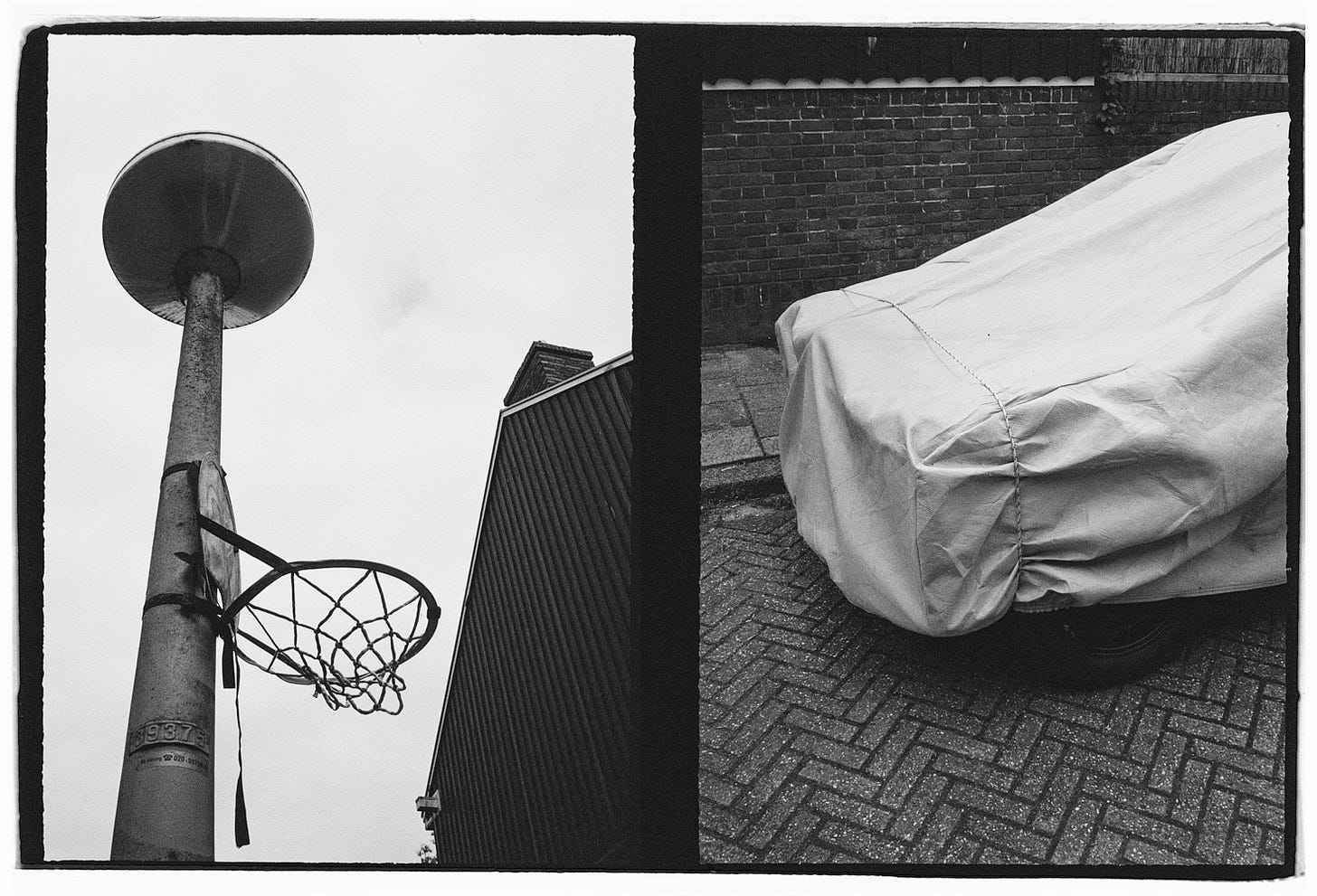


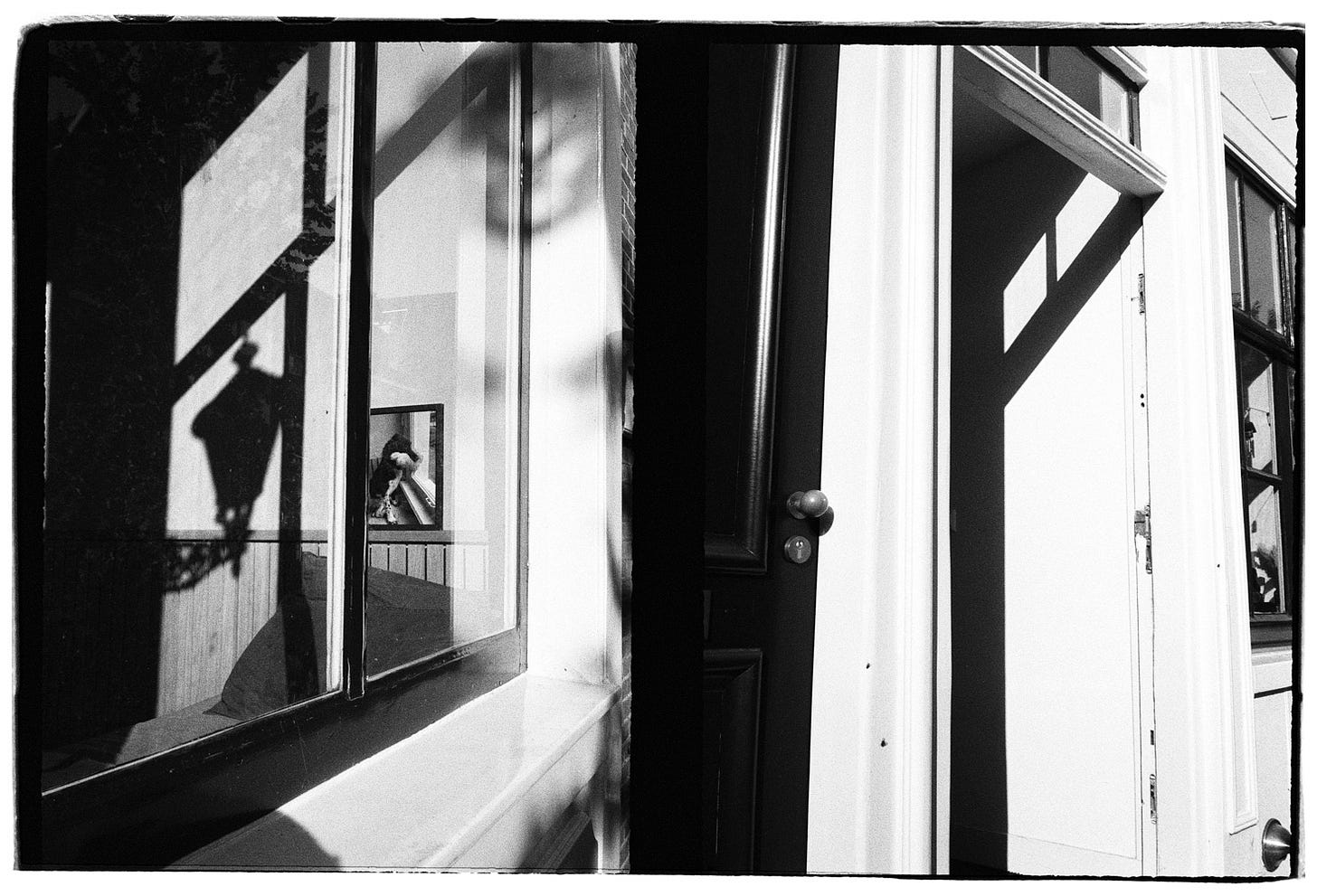
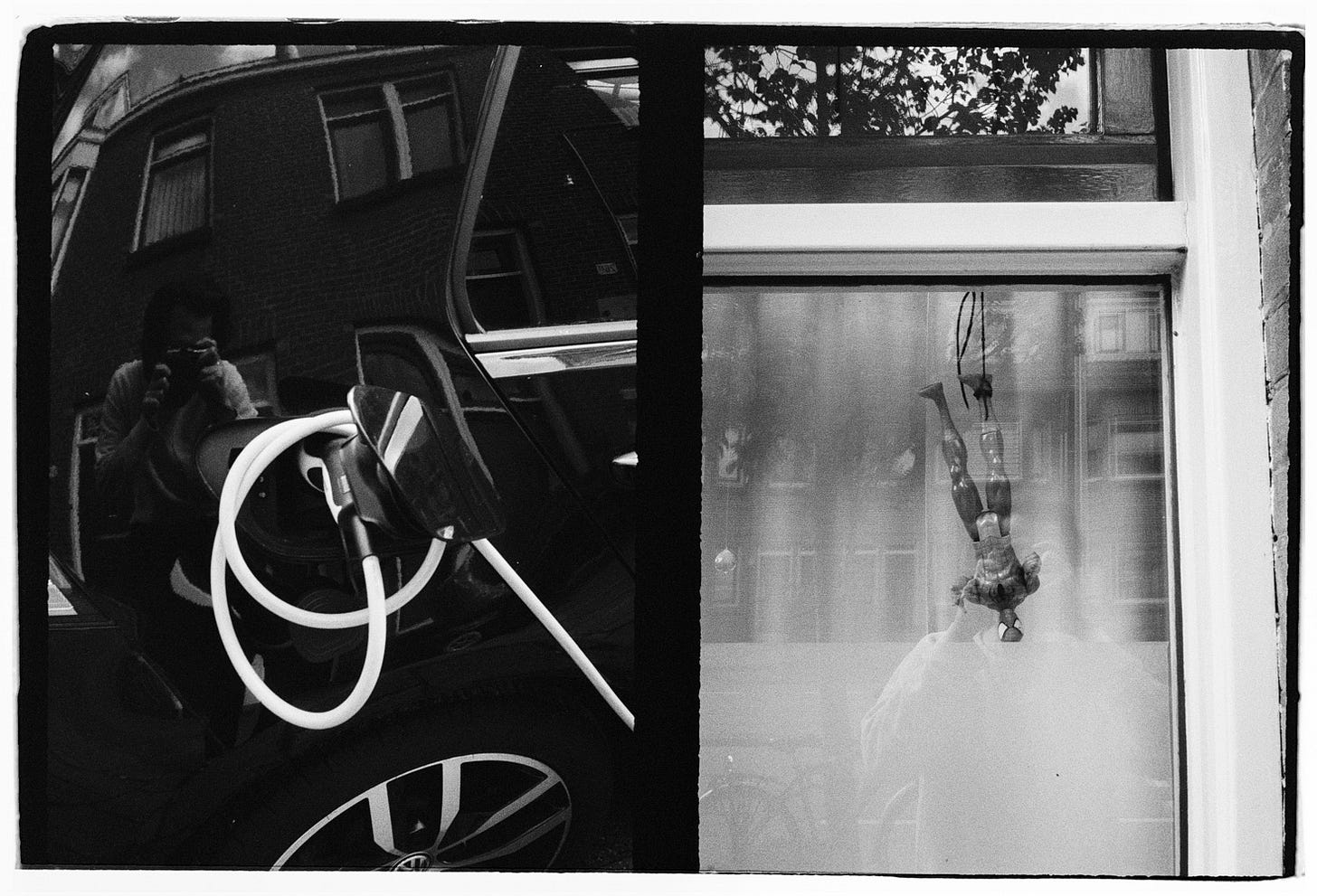
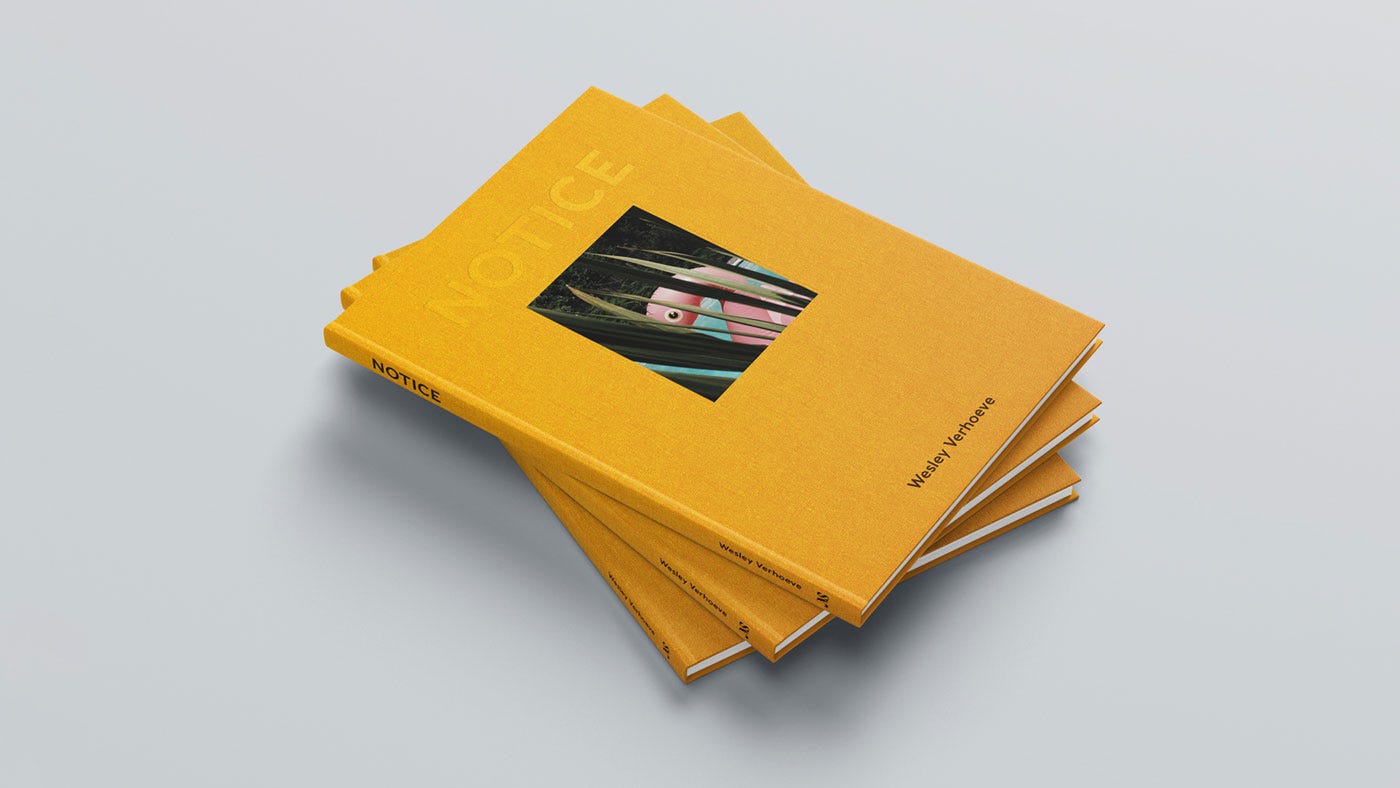
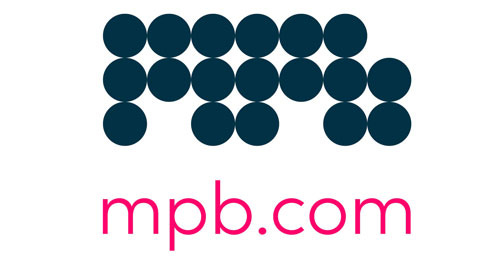
I live next to the fjord in rural Norway and I’ve thought about wanting to start a project about these roadless farms that you can only access with boat! I would love to use 10 rolls of 120 Portra in my Bronica gs1 to document those farms! Why: because these farms are a trace of the past in Norway when the fjord was the main route and not the road!
A few weeks back I commented that I have been toying with the idea to make a photobook including poetry about 'mapping a childhood'. Since then I have decided that that's an idea I would actually like to pursue, starting with the photos.
For my studies I have to write a non-fiction and a fiction piece in order to graduate. I want to explore how a visual art practice (in my case photography) can support a writing practice.
I grew up in a place that has a lot of interesting scenes, including the beach, so to spend 10 rolls on that would be a treat.
I was planning on using my Minolta maxxum 7000.
Although reading about this Pentax does increase my curiosity towards half frame cameras. I like how you could be suprised by the in camera combinations, like a poetry form on its own.